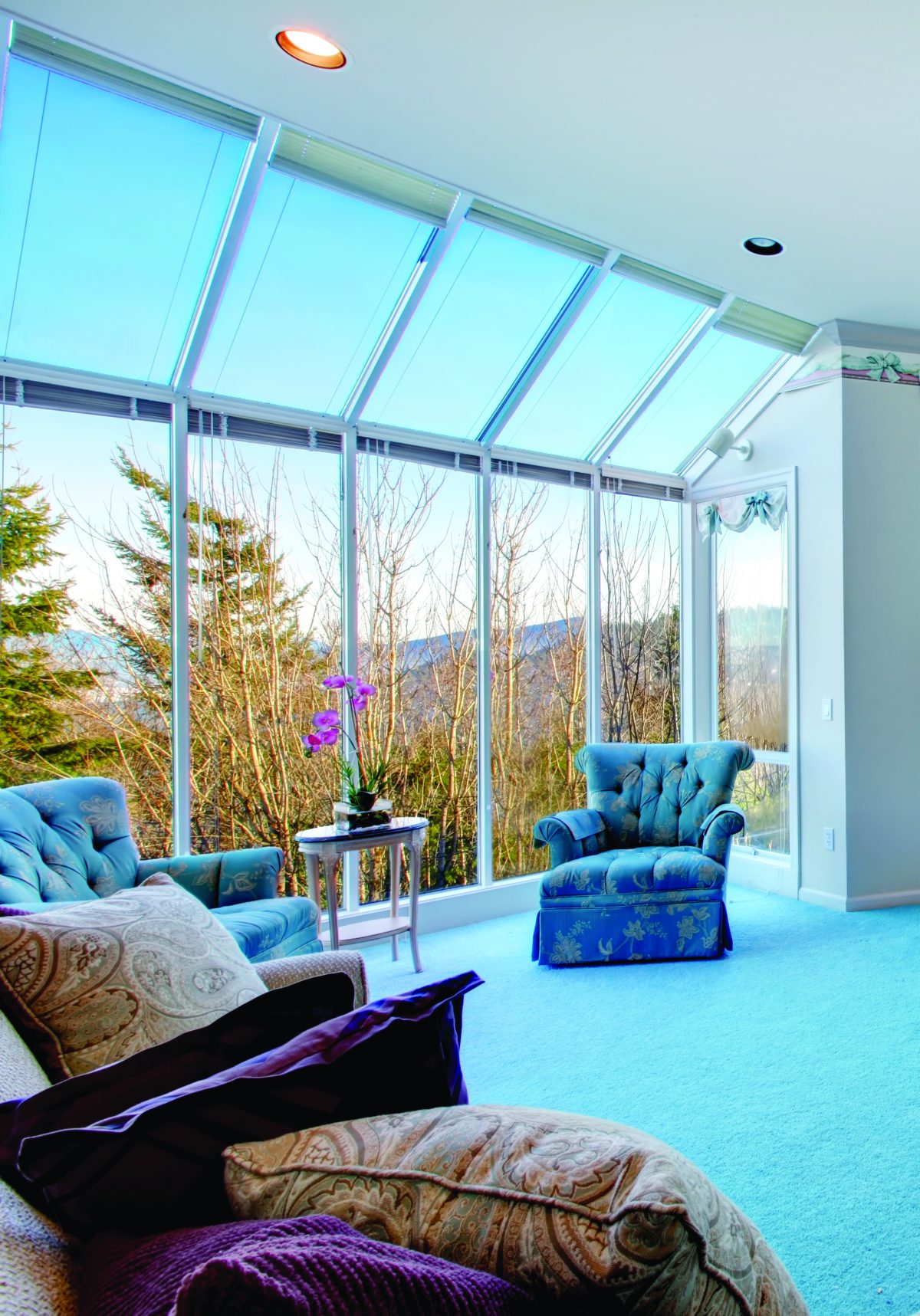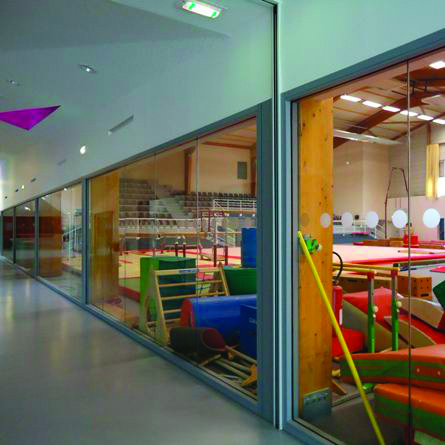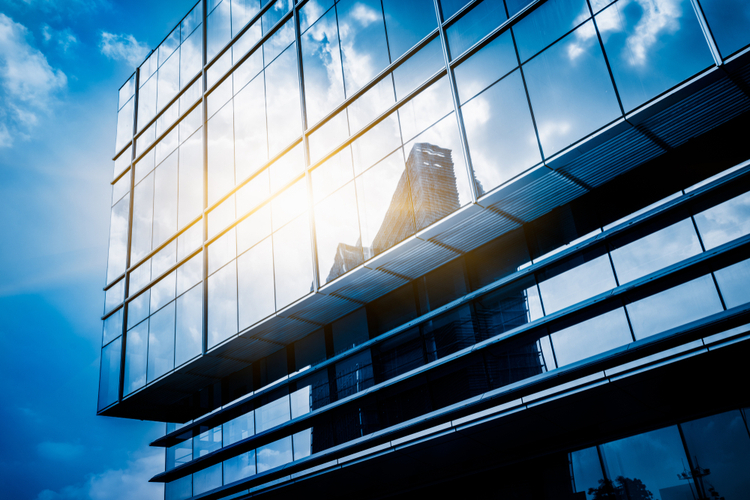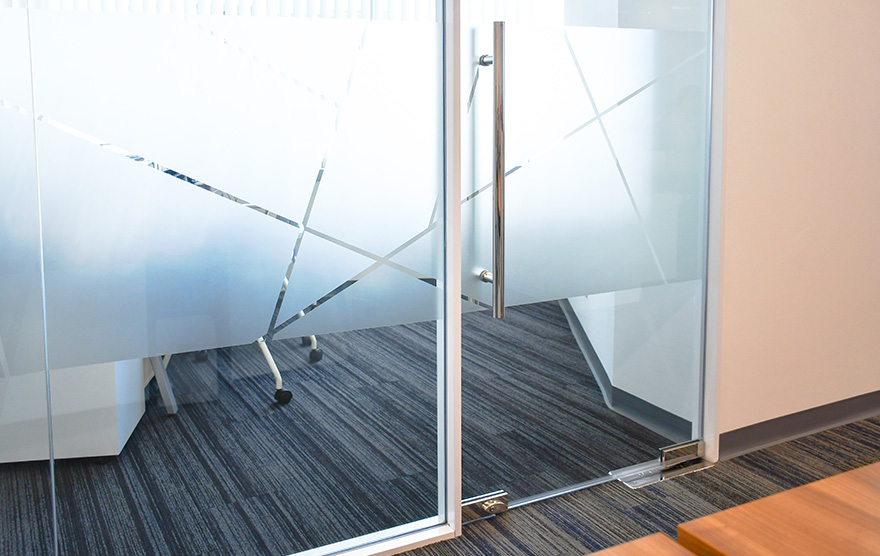When it comes to creating a peaceful and quiet environment, especially in bustling urban areas, soundproofing becomes a crucial consideration. While many people are aware of soundproofing techniques for walls, ceilings, and doors, the impact of windows is often overlooked. Windows can be a significant source of noise infiltration, and that’s where soundproof glass comes into play.
In this blog post, we will explore the difference between soundproof glass and regular glass, helping you make an informed decision when it comes to soundproofing your space.
Understanding Soundproof Glass
Soundproof glass, also known as acoustic or noise-reducing glass, is specifically designed to minimize the transmission of sound waves. It is engineered using advanced techniques and specialized materials to provide excellent sound insulation properties.
Construction
Soundproof glass is typically composed of multiple layers of glass with an acoustic interlayer in between. This interlayer acts as a sound barrier by absorbing and dampening sound vibrations. The glass layers are also often of different thicknesses, helping to disrupt the sound waves further.
Thickness and Weight
Compared to regular glass, soundproof glass is thicker and heavier. This additional mass helps reduce the transmission of sound vibrations, as thicker glass panels are more effective at blocking noise.
Benefits of Soundproof Glass
Investing in soundproof glass for your windows can have numerous benefits, including:
Noise Reduction
One of the primary advantages of soundproof glass is its ability to significantly reduce noise infiltration. Using specialized materials and construction techniques can minimize external noise, allowing you to enjoy a quieter and more peaceful indoor environment. This is particularly beneficial for homes, offices, or spaces located near busy streets or noisy environments.
Privacy
Soundproof glass not only reduces noise but also enhances privacy. The multiple layers of glass, along with the interlayer, create a barrier that makes it difficult for sound to pass through.
Thermal Insulation
In addition to sound insulation, soundproof glass often offers superior thermal insulation properties. The multiple glass layers and interlayers can help regulate indoor temperatures, reducing heat transfer and increasing energy efficiency.
Regular Glass
While regular glass is the standard option used in most windows, it does not offer the same level of sound insulation as soundproof glass. Regular glass is thinner and lighter, making it less effective at blocking noise transmission. However, it still has some benefits worth considering:
Affordability
Regular glass is more cost-effective compared to soundproof glass. If noise reduction is not a top priority, regular glass can still provide a basic level of insulation while being easier on the budget.
Natural Lighting
The regular glass allows natural light to enter the space without significant obstruction. If you have a room where noise is not a major concern, regular glass can be a suitable option to maximize the amount of sunlight in the area.
Seeking Professional Assistance
While it may be tempting to attempt DIY soundproofing projects, it is important to note that soundproofing windows requires professional expertise. Improper installation or the use of inadequate materials can lead to ineffective soundproofing, wasting time and money. It is highly recommended to consult professionals specializing in soundproofing to ensure optimal results.
Conclusion
When it comes to creating a peaceful and quiet environment, AIS Glass’s soundproof glass emerges as the ideal solution. Its specialized construction and superior noise reduction capabilities significantly outperform any other glass in terms of sound insulation. However, the choice between soundproof glass and regular glass ultimately depends on your specific needs, budget, and the noise level you wish to mitigate. Consulting with the professionals at AIS Glass in soundproofing will ensure that you achieve the desired results for your space. So, don’t let external noise disrupt your tranquility—explore the possibilities of AIS Glass’s soundproof glass and enjoy a more serene environment.






